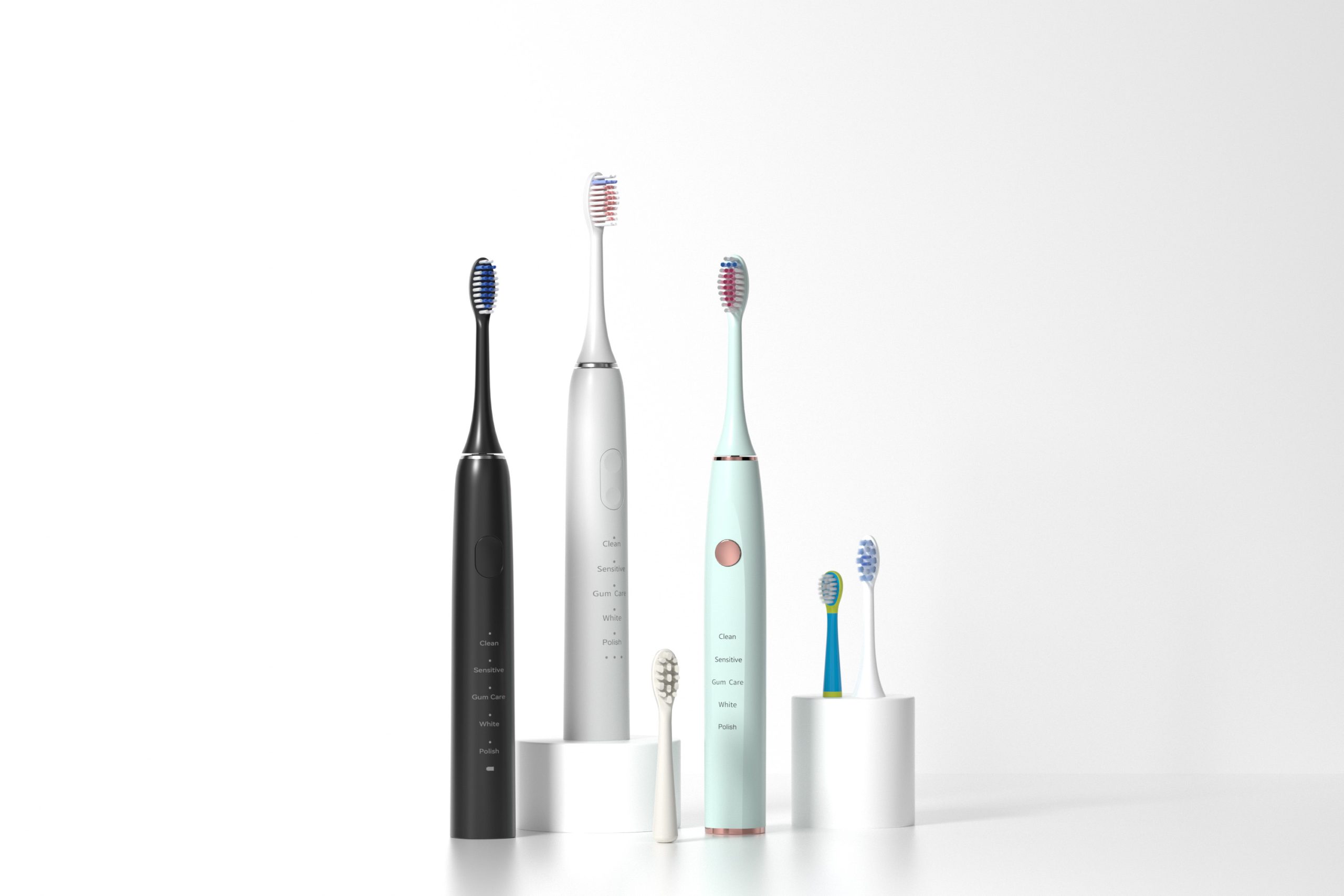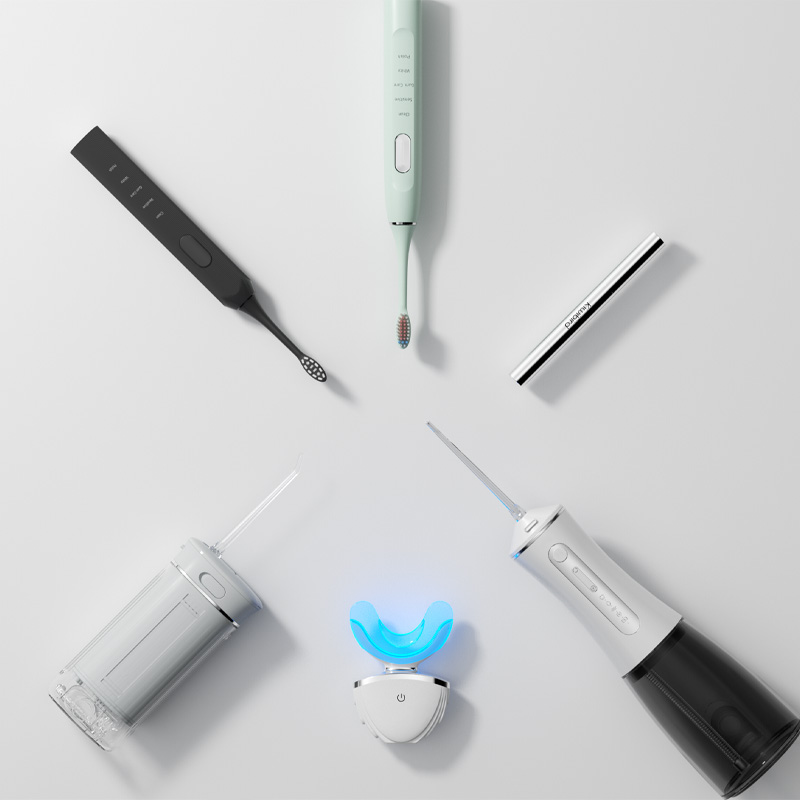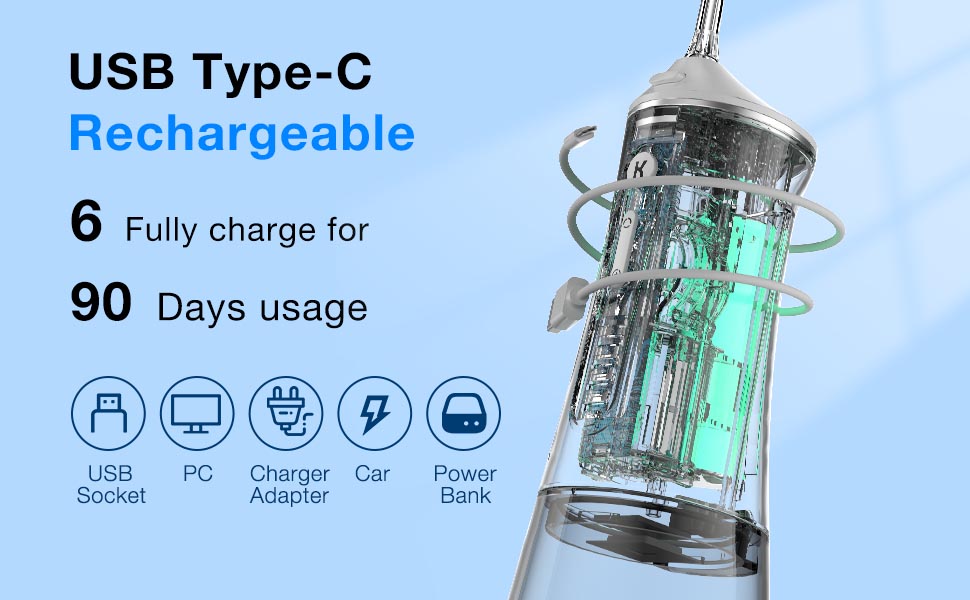In the world of oral care devices and small consumer electronics, two seemingly separate malfunctions—shaft fracture and indicator failure—can actually be symptoms of a deeper systemic flaw. While each issue alone can disrupt performance, their co-occurrence might point to underlying design or manufacturing challenges that B2B manufacturers must address.
A shaft fracture typically refers to the mechanical breakage of the rotating or oscillating shaft that powers a toothbrush head or drive component. Common causes include:
Shaft integrity is fundamental to device longevity, especially in high-frequency applications like sonic toothbrushes or portable water flossers.
An indicator failure refers to the malfunction of a visual or tactile feedback component—commonly an LED or vibration alert—that informs users of power status, charging, or mode selection. Possible reasons include:
While these failures seem electronic in nature, they may share mechanical triggers with shaft issues. Company web:https://www.powsmart.com/product/electric-toothbrush/
Interestingly, evidence suggests a possible link between these two malfunctions:
Thus, a pattern of simultaneous shaft and indicator issues should not be treated as coincidence in quality audits.
.jpg)
.jpg)
To mitigate these dual failures, manufacturers should focus on:
These strategies offer added protection against cross-system failures.
B2B suppliers can elevate quality assurance through:
Rigorous validation not only improves reliability but also demonstrates compliance for export markets.
If field reports or warranty returns suggest correlated shaft fracture and indicator failure, manufacturers should:
Proactive handling of compound failures enhances client trust and brand credibility.
Conclusion
While shaft fracture and indicator failure may appear as isolated incidents, their joint occurrence could signal a deeper mechanical-electronic interface flaw. For B2B manufacturers, recognizing and addressing this link is crucial to maintaining high product standards and long-term partnerships.Contact us
Downtown Chicago Electric Toothbrush Repair Services

How to Enhance the Competitiveness of Your Oral Brand

Analyze the Future Development Trend of the Oral Irrigator Market

New Year Resolution for Better Oral Health: OEM Product Planning

Custom Smart Toothbrush Sourcing from China – A Buyer’s Guide

Smart Brush Heads & Wireless Charging
.jpg)
Chicago dental toothbrush broken? Fast Chicago downtown repair options
Nozzle Clogging Plus Tray Deformation – Design Flaw?

Does POWSMART Toothbrush Wholesale Order Involve Material Degradation?

Family Electric Toothbrush Set – Shared Charging Base for Cost Savings

What Are the Advantages of Home Dental Beauty Products?

How Houston pressure sensor tech elevates Houston deals toothbrush?

Confused About the Multiple Flossing Options of the Water Flosser? Here’s How to Choose the Right One
.jpg)
Why Consumers Prefer electric vs manual toothbrush – And How Brands Can Benefit
Does Your Toothbrush Survive Adventures?

Private Label Whitening Gel

Electric toothbrush heads Charcoal Infused-Diamond

Customization Teeth Whitening Gel

electric toothbrush heads Deep Clean

electric toothbrush heads Charcoal Infuse-Round
.jpg)
Florida Electric Toothbrush – Powsmart PTR-C8

electric toothbrush heads Regular Clean

electric toothbrush heads Ultra Soft
whstapp
whstapp
National Toll-Free Service Hotline
+86 755 86238638